An hour or so on the Lancashire mosses provided an unexpected encounter with a number of hares. I went primarily for the Barn Owl, but it didn’t show. The first run down Engine Lane bought the first hare, it was one of seven separate sightings I was to have in the time I was there.
I’ve spent a good deal of time on the mosses and whilst I’ve often seen the hares they’ve been far out in the fields or deeply tucked up in the margins. On this occasion they were obviously using the roads as ‘runs’ probably because the vegetation in the field was so high and dense. When thinking about it I haven’t generally been on the mosses in July so maybe this is normal at this time of year and it’s actually as good a time to see them. It was getting toward dusk, which was also in my favour.
Most of the sightings saw the hare at the side of the road and then once it had seen me, and that couldn’t have been that difficult as I was in the VW, it would turn away and I’d be dealing with the rear end as it shot of into the distance, but still using the road rather than diving into the vegetation.
On one occasion though the reverse happened. Again the hare appeared some fifty yards away but rather than turn heal it bounded towards me and stopped when not more than twenty yards away. By this time I had also managed to open the van door and use the ‘V’ created by the door and body of the car as a rest for the camera. It stayed at this point for a good five minutes, slowly relaxing as it’s ears lowered from the upright alert position they had initially been in.
The famous Waterloo Cup was run on these fields from 1836 to 2005, and was regarded as the blue riband event for hare coursing. Curiously it had links with an even more prestigious sporting event still held in Liverpool, the Grand National. Both events were started by a Mr. William Lynn, proprietor of the Waterloo Hotel in Ranelagh Street. Having seen the commercial benefits the Waterloo Cup had brought to the area when it was first run in 1836 he decided to turn his attention to the turf and the inaugriul Grand National was run three years later.
There is an interesting debate as to the rights and wrongs of animal sport. Hare coursing was banned in England and Wales as a result of the hunting act of 2004 and the Waterloo cup has not been run since 2005.
In the years prior to the act the land was managed for hares and a good population was ensured for the annual event. The same can be said for grouse in other areas of the country, although the extent that some gamekeepers went to protect their birds had a dramatic effect on the bird of prey population. Regarding hares the National Coursing Club states:
‘The League Against Cruel Sports has found itself in a moral dilemma when field sports undeniably guarantee game conservation. This is reflected in its muddled response. The League makes wild claims as to the numbers of hares killed in coursing and hare hunting, and yet admits in a circular to MPs that “we accept that the majority of hares coursed are not killed.” The Game Conservancy’s 1990 Hare Report showed that a coursing meeting temporarily reduces the hare population in the immediate area by an average of 5.1%, and beagling by an average of 2.1%. The Conservancy acknowledges that part of this figure is caused by hares temporarily dispersing from the area and not by kills. In a matter of days these hares return to their original home.
The League likes to pour scorn on the introduction of hares on to estates as a conservation input, claiming that the environment will not sustain the higher numbers. As at Altcar, the introduction of new stock is only part of a scheme which must include new attitudes in the farming and keepering of the land. The hares introduced come from estates where they are in abundance and where otherwise they would have been shot for control purposes. They are never coursed until they have had the chance to become completely familiar with and acclimatised to their new home.
Because so few hares are killed in coursing and hare hunting, opponents have been forced to stress the claim that the hare suffers cruelty in pursuit. Nature has designed the hare from birth to defend itself with its agility, speed and alertness to danger.’
It’s a difficult one because watching footing of the Waterloo Cup and having visited it in the early eighties it’s not a good sight to see the hare being chased to the kill. I hope that the population stabilizes and can hold onto to its pre hunting act numbers otherwise the dilemma returns and there appears to be no easy answer.


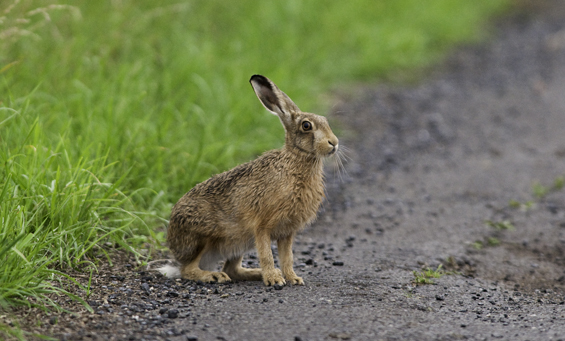
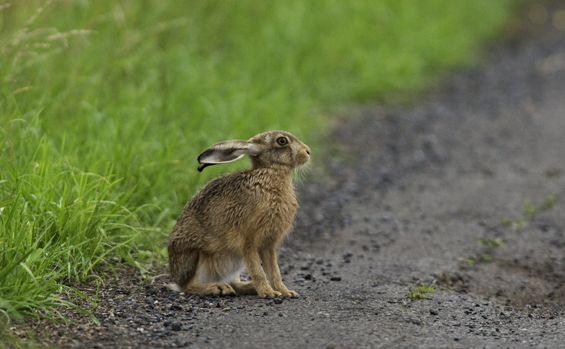
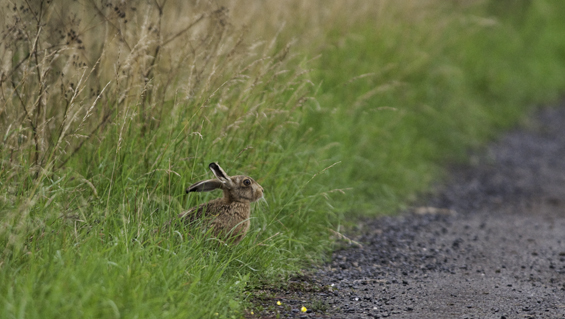
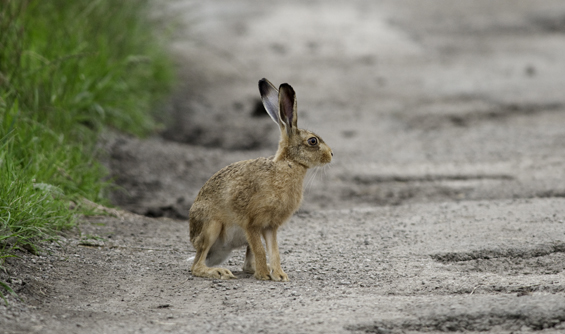
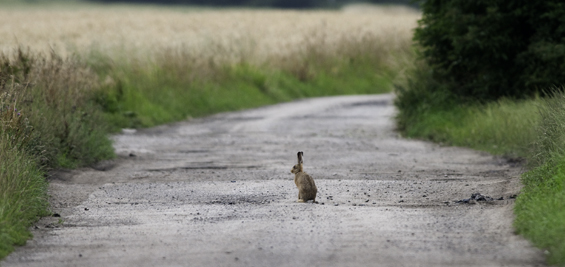
Great pictures Tim,I suppose the remaining Hares at Altcar would be very interesting in a genetic sense-drafted in from Wirral and the Fens to name but two places of netting.I do wonder if coursing would have been given a second chance in the UK if the greyhounds were muzzled?Beautiful creatures,ironically you can see the stands of Aintree from some of the coursing grounds.